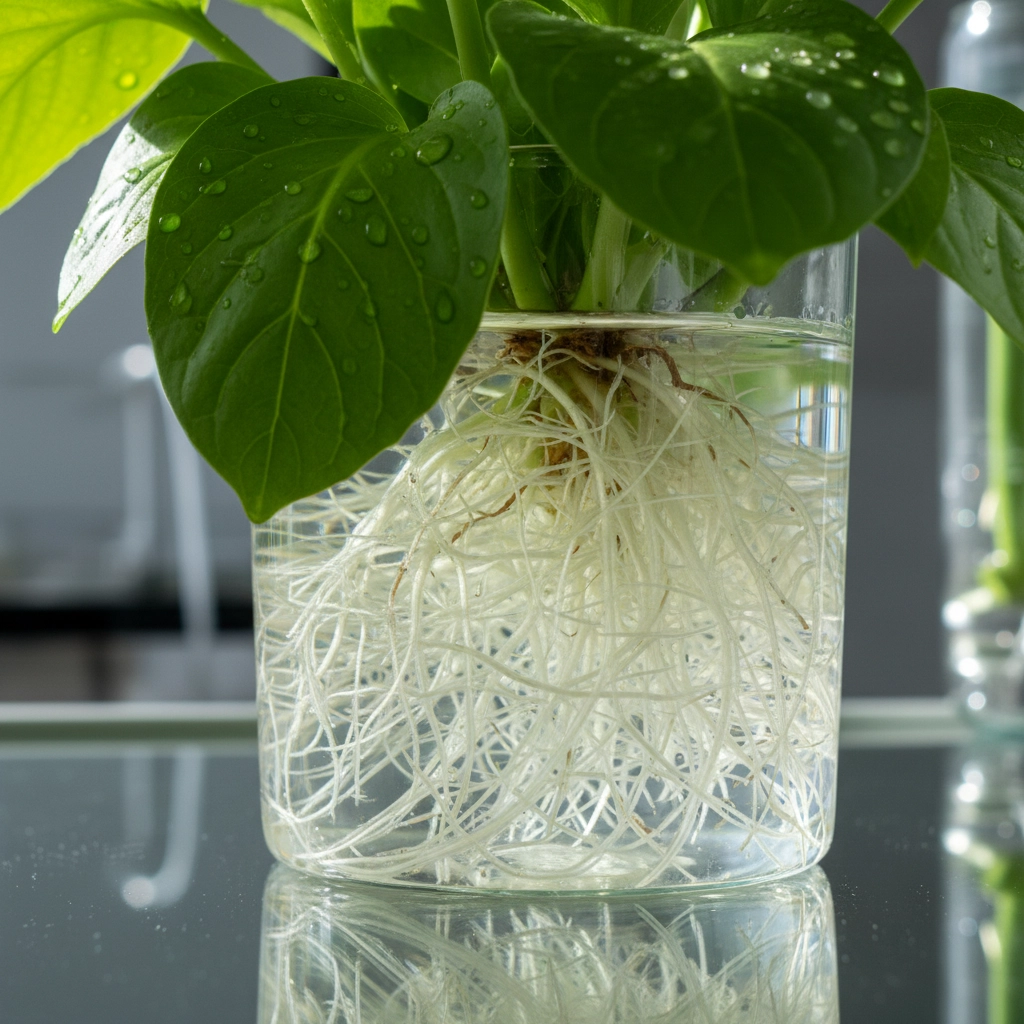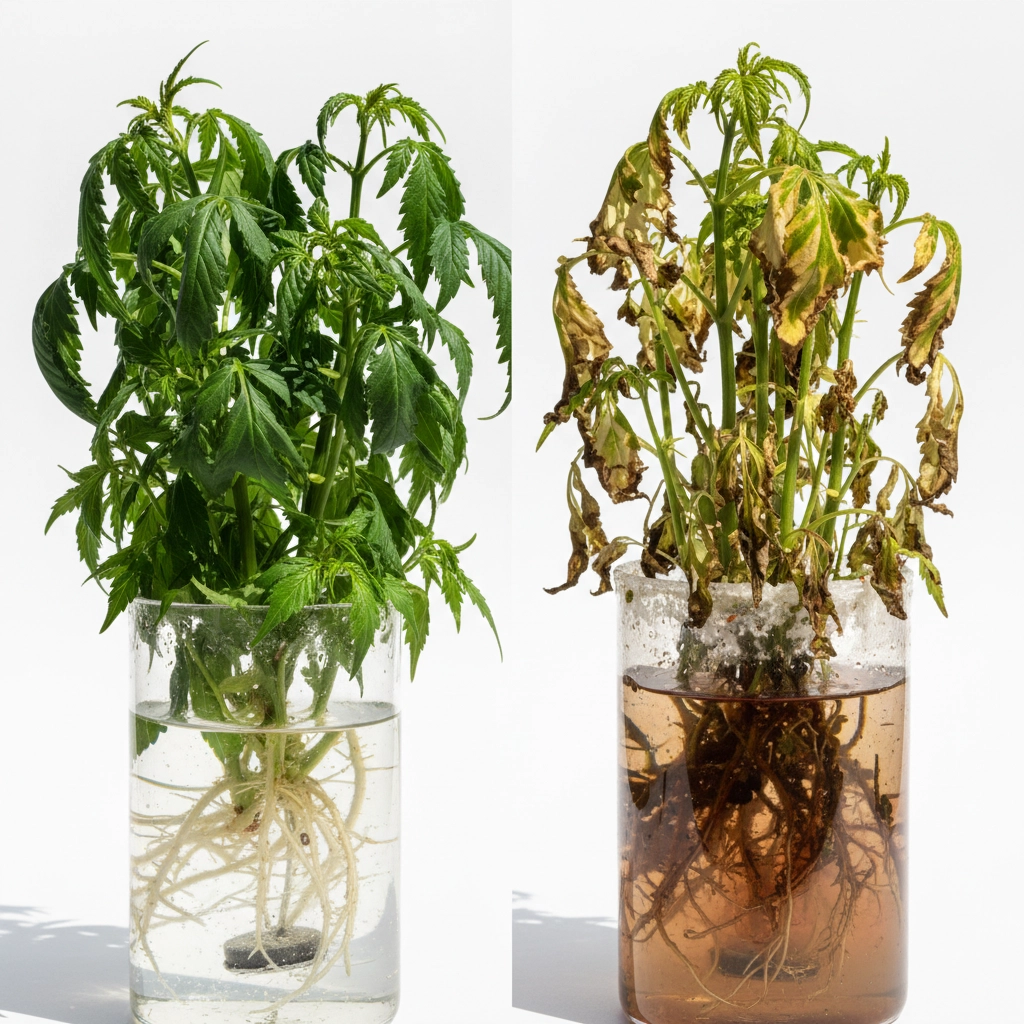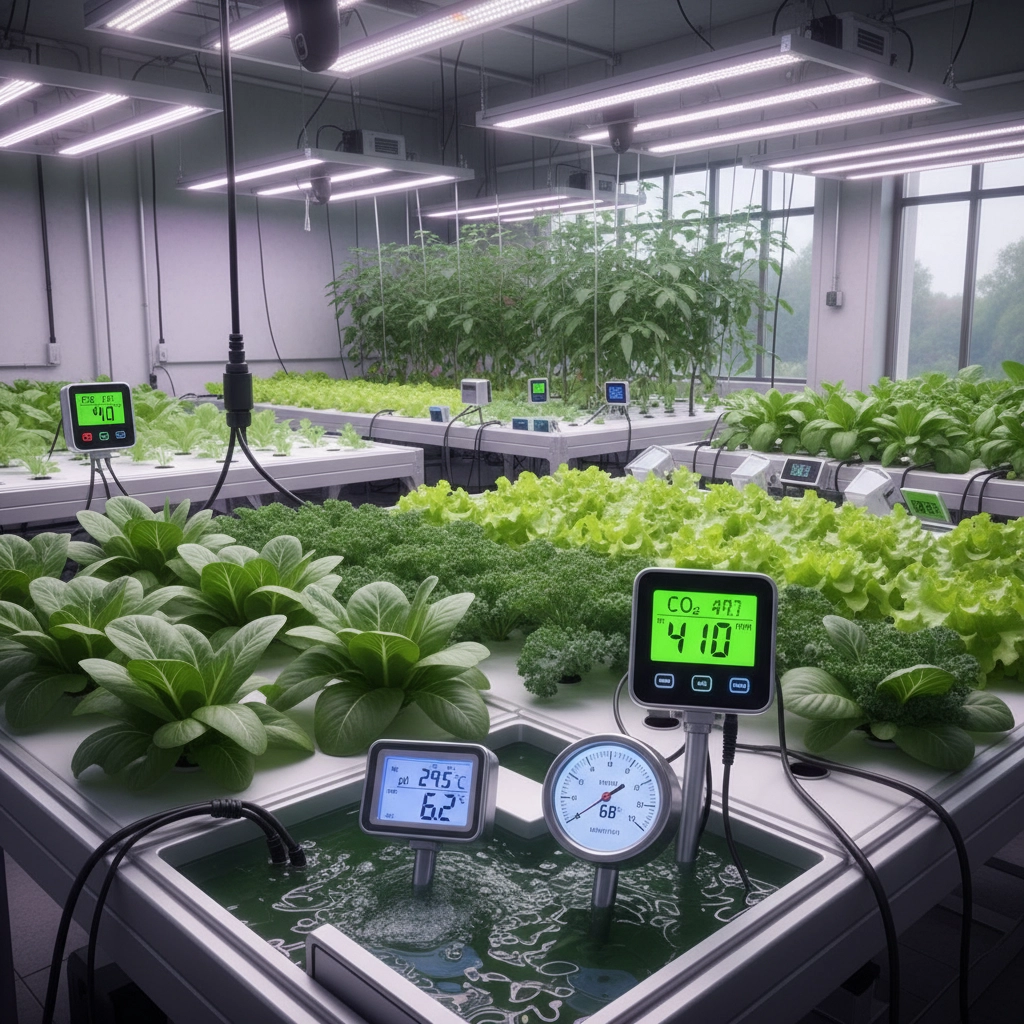Blog
Don't Push the Limits: Understanding the Law of Tolerance in Hydroponics
Every hydroponic grower has faced this dilemma: if a little nutrient is good, wouldn't more be better? If plants need light, shouldn't maximum intensity produce maximum growth? This thinking leads many growers straight into trouble, and there's a scientific principle that explains exactly why: Shelford's Law of Tolerance.
Developed in 1911 by American zoologist Victor Ernest Shelford, this ecological principle reveals a fundamental truth about all living organisms: including your hydroponic plants. The law states that an organism's success depends on a complex set of conditions, and each organism has specific minimum, maximum, and optimum ranges for every environmental factor. Push beyond these limits in either direction, and your plants will struggle or fail entirely.
The Science Behind Tolerance Ranges
Think of tolerance ranges as a bell curve. At the center lies the optimal zone where plants thrive, produce maximum yields, and express their full genetic potential. As conditions move toward either extreme: too little or too much of any factor: plant performance declines rapidly.
What makes this principle particularly important for hydroponic growers is that all environmental factors work together. A plant might tolerate slightly high temperatures if humidity and CO2 levels are optimal, but the same temperature combined with nutrient stress could prove fatal. This interconnected nature means successful hydroponic cultivation requires understanding how multiple variables interact within tolerance ranges.

The dynamic nature of these ranges adds another layer of complexity. A plant's tolerance for light intensity changes throughout its growth cycle, and seasonal variations can shift optimal ranges for temperature and humidity. Young seedlings have much narrower tolerance windows than mature plants, which explains why so many new growers lose plants during the early stages.
Water: Finding the Sweet Spot
Water management in hydroponics extends far beyond simply keeping roots wet. Plants need adequate water for nutrient transport, cellular pressure, and metabolic processes, but excess water creates an entirely different set of problems.
Overwatering Effects:
- Root rot from oxygen depletion
- Nutrient lockout as roots can't absorb properly
- Increased susceptibility to fungal diseases
- Stunted growth despite adequate nutrients
Underwatering Consequences:
- Wilting and cellular damage
- Nutrient deficiencies as transport systems fail
- Increased salt concentration in remaining solution
- Premature flowering or bolting in leafy greens
The optimal zone varies by growth stage and plant type. Leafy greens typically prefer consistent moisture levels around 85-90% relative humidity in the root zone, while fruiting plants often benefit from slight drying cycles between waterings to encourage root development.
Proper water management also involves pH and dissolved oxygen levels. Most hydroponic plants thrive in pH ranges between 5.5-6.5, but pushing toward either extreme of this range can limit nutrient availability even when concentrations appear adequate.
Nutrients: Too Much of a Good Thing
Nutrient management might be where the Law of Tolerance appears most dramatically in hydroponics. Beginners often assume that doubling nutrient concentrations will double growth rates, but the reality proves far more complex.

Signs of Nutrient Excess:
- Leaf burn and browning tips
- Stunted root development
- Salt buildup in growing medium
- Increased susceptibility to pests
- Reduced fruit quality despite large plant size
Nutrient Deficiency Indicators:
- Yellowing or discolored leaves
- Slow growth and poor vigor
- Reduced flowering and fruit set
- Increased disease susceptibility
Each nutrient has its own tolerance range, and they interact in ways that can shift these ranges significantly. High nitrogen levels can lock out potassium uptake, while excess phosphorus can limit iron availability. Products like Drops of Balance help maintain optimal mineral ratios, preventing the kind of imbalances that push individual nutrients outside their tolerance ranges.
The key insight here: plants can only utilize nutrients within their genetic capacity. A tomato plant has maximum limits for how much nitrogen it can process, regardless of how much you provide. Exceeding these limits doesn't improve growth: it creates toxicity.
Light: Intensity and Duration Balance
Light presents another perfect example of tolerance limits in action. Plants need adequate photosynthetically active radiation (PAR) for energy production, but excessive light intensity can actually reduce photosynthesis through a process called photoinhibition.
Light Stress Symptoms:
- Leaf bleaching or bronzing
- Reduced chlorophyll production
- Heat stress even with adequate cooling
- Stunted growth despite high light levels
- Increased water consumption without improved yields
Most leafy greens perform optimally with 200-400 μmol/m²/s of PAR, while fruiting plants might handle 600-800 μmol/m²/s during peak production. However, these ranges shift based on temperature, CO2 levels, and plant health. A stressed plant can't utilize high light levels effectively, making the tolerance range much narrower.
Duration matters as much as intensity. Most plants need periods of darkness for proper metabolic function, and continuous lighting can actually reduce yields compared to appropriate light/dark cycles. Cannabis plants, for example, typically require 18/6 or 20/4 light cycles during vegetative growth, not 24-hour lighting.
Environmental Integration: Temperature, Humidity, and CO2
The Law of Tolerance becomes most apparent when considering how environmental factors work together. Temperature tolerance ranges shift dramatically based on humidity levels, and both factors influence how well plants can utilize available CO2.
Optimal Environmental Ranges:
- Temperature: 65-75°F for most crops (varies by species)
- Relative Humidity: 50-70% (60-80% for seedlings)
- CO2: 400-1200 ppm (higher levels require optimal temperature and light)

High temperatures combined with low humidity create vapor pressure deficits that stress plants even when other conditions appear optimal. Similarly, elevated CO2 levels only benefit plants when temperature and light are also in their optimal ranges. Push any single factor beyond tolerance limits, and the others become less effective.
Practical Tips for Maintaining Optimal Conditions
1. Monitor Multiple Parameters Simultaneously Never adjust single variables in isolation. Use integrated environmental controllers that track temperature, humidity, pH, EC, and dissolved oxygen together. This approach helps you identify when one factor is pushing others outside tolerance ranges.
2. Start Conservative and Adjust Gradually Begin with conditions toward the lower end of optimal ranges, then gradually increase intensity as plants demonstrate they can handle more. This approach prevents shocking plants with extreme conditions they can't tolerate.
3. Understand Your Crop's Specific Needs Different plants have vastly different tolerance ranges. Leafy greens prefer cooler temperatures and lower light than tomatoes or peppers. Research the specific requirements for each crop variety you're growing.
4. Implement Gradual Transitions When changing environmental conditions, make gradual adjustments over several days rather than sudden shifts. Plants need time to acclimate to new conditions, and sudden changes can push them outside tolerance ranges even when final conditions are optimal.
5. Use Quality Products for Stability Inconsistent nutrients or water quality can create stress that narrows tolerance ranges. Professional nutrient solutions and water conditioning products help maintain stable conditions that keep plants in their optimal zones.
Monitoring and Adjusting Your System
Successful application of the Law of Tolerance requires continuous monitoring and adjustment. Plants provide constant feedback about whether conditions fall within their tolerance ranges, but you need to know how to read the signs.
Daily Monitoring Checklist:
- Check pH and EC levels in nutrient solution
- Monitor leaf color and growth patterns
- Assess root health and color
- Track water consumption rates
- Document any stress symptoms immediately
Weekly Assessment:
- Review growth rates compared to expected benchmarks
- Adjust environmental conditions based on plant response
- Clean and calibrate monitoring equipment
- Plan nutrient solution changes based on uptake patterns
The goal isn't to push plants to their maximum tolerance limits: it's to keep them comfortably within optimal ranges where they can express their full genetic potential without stress. This approach consistently produces better yields, healthier plants, and more predictable results than trying to maximize any single environmental factor.
Understanding and applying the Law of Tolerance transforms hydroponic growing from guesswork into a precise science. By respecting these natural limits and working within them, you'll achieve the consistent, high-quality results that make hydroponic cultivation so rewarding.
- Mark
